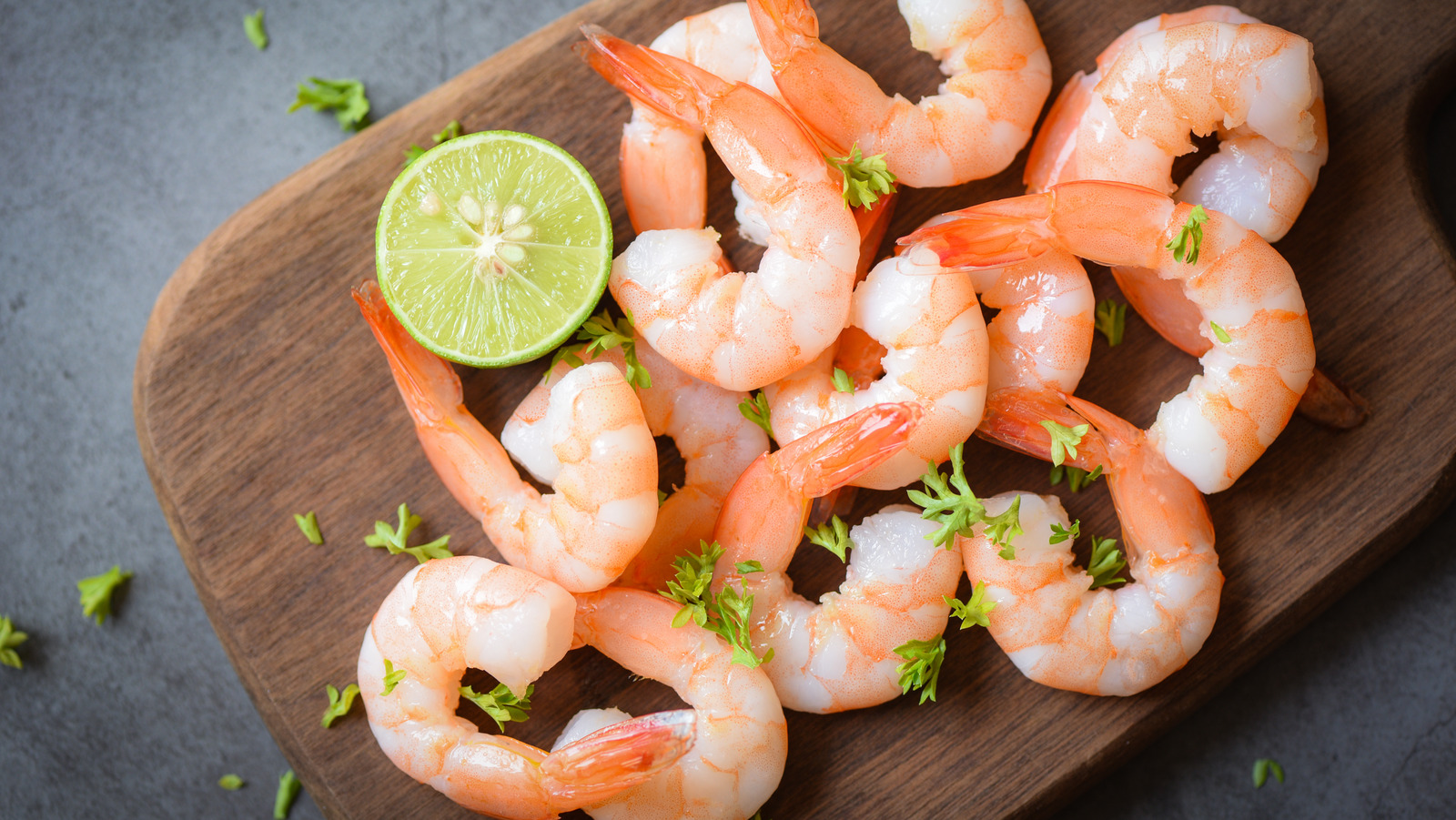Hey there, seafood lovers! I’m Kim, and today I’m gonna share everything you need to know about spotting bad shrimp Trust me, nobody wants to deal with food poisoning from spoiled seafood – I’ve been there, and it ain’t fun!
Quick Answer
Your shrimp has gone bad if it
- Smells fishy or like ammonia
- Feels slimy or mushy
- Has changed color or looks dull
- Shows signs of mold
- Has been in your fridge too long
The Ultimate Guide to Identifying Bad Shrimp
1. The Sniff Test
Y’all, this is probably the easiest way to tell if your shrimp’s gone bad. Here’s what to watch out for:
Fresh shrimp should smell like:
- Ocean breeze
- Salt water
- Almost no smell at all
Bad shrimp will smell like:
- Strong fishy odor
- Ammonia
- Sour or rotten smell
2. The Look Test
I always tell my readers that fresh shrimp should look appetizing! Here’s what to check:
Good Shrimp:
- Clear and pearl-like color (raw)
- Pink with red tails (cooked)
- Firm and shiny shells
- Clear, bright eyes (if head-on)
Bad Shrimp:
- Discolored spots
- Dull or faded appearance
- Black spots or marks
- Yellowing areas
- Mold (throw it out immediately!)
3. The Touch Test
Listen up. folks! The texture of your shrimp can tell you a lot about its freshness
Fresh Shrimp Should Be:
- Firm to touch
- Slightly springy
- Shell should be hard
Bad Shrimp Will Be:
- Slimy
- Mushy
- Soft shells
- Sticky texture
Shelf Life: How Long Does Shrimp Last?
Let me break this down for ya:
| Type of Shrimp | Refrigerator | Freezer |
|---|---|---|
| Raw (Shell-on) | 2-3 days | 6 months |
| Raw (Shelled) | 1-2 days | 3 months |
| Cooked | 3-4 days | 3 months |
Proper Storage Tips
For Fresh Shrimp:
- Place in a container or plastic bag
- Keep it on ice in the fridge
- Store in the coldest part of your refrigerator
- Use within 1-2 days of purchase
For Cooked Shrimp:
- Store in an airtight container
- Refrigerate within 2 hours of cooking
- Keep at 40°F or below
- Consume within 3-4 days
What Happens If You Eat Bad Shrimp?
Okay, real talk – eating spoiled shrimp can make you seriously sick. Here’s what might happen:
- Diarrhea
- Vomiting
- Bad stomach cramps
- Headaches
- Fever
- Nausea
If you experience these symptoms after eating shrimp, don’t wait around – call your doctor!
Pro Tips from My Kitchen to Yours
-
When Shopping:
- Buy shrimp last during your grocery trip
- Check the catch date if available
- Look for firm, translucent shrimp
-
For Frozen Shrimp:
- Avoid packages with ice crystals
- Check for freezer burn
- Make sure packages are frozen solid
-
Thawing Methods:
- In the fridge overnight (best method)
- Under cold running water (quick method)
- Never thaw at room temperature!
Common Questions I Get About Bad Shrimp
Q: Can I rinse off slimy shrimp?
A: Nope! Once shrimp gets slimy, it’s already spoiled. Don’t risk it!
Q: What if only one shrimp in the batch looks bad?
A: When in doubt, throw it out! Better safe than sorry, y’all.
Q: Can I eat cooked shrimp left out overnight?
A: Absolutely not! Cooked shrimp needs to be refrigerated within 2 hours.
Final Thoughts
Look, I know it’s tempting to try to save that expensive shrimp, but food poisoning ain’t worth it! If you’re unsure about your shrimp’s freshness, it’s better to toss it and get new ones. Your tummy will thank you later!
Remember my golden rule: When in doubt, throw it out! It’s better to waste a few dollars than spend a few days hugging the porcelain throne, if you know what I mean!
Stay safe and happy cooking, seafood lovers! Drop me a comment if you’ve got any other questions about spotting bad shrimp – I’m always here to help!

How to Tell if Shrimp is Bad
Even if shrimp appears fresh at first glance, there are additional signs that it might be going bad. Here’s how to identify bad shrimp:
As mentioned earlier, a strong fishy or ammonia-like smell is a major indicator that shrimp is no longer good to eat. Fresh shrimp should not have any strong or unpleasant odors.
If the shrimp feels slimy or sticky, it is likely starting to decompose. A slimy texture indicates that bacteria are present, which can cause foodborne illness.
Look out for any unusual color changes. Shrimp should be free of black spots, greenish hues, or any discoloration. If you notice any of these, it’s a sign that the shrimp might be going bad.
Buy from Reputable Sources
Purchase shrimp from well-known and reputable seafood markets or grocery stores. Establishments with high turnover rates are more likely to have fresher shrimp.
